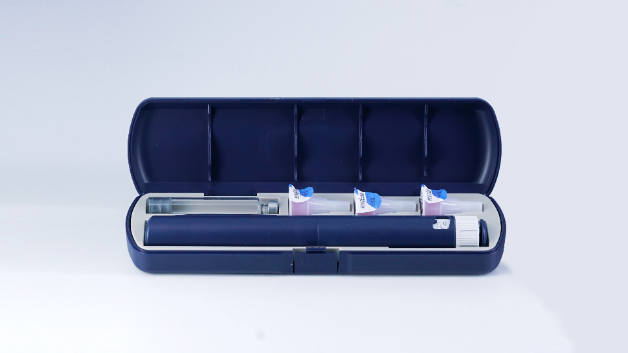
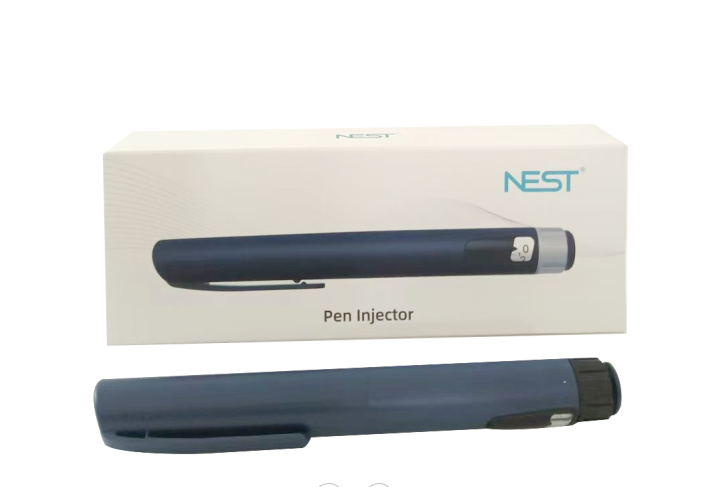
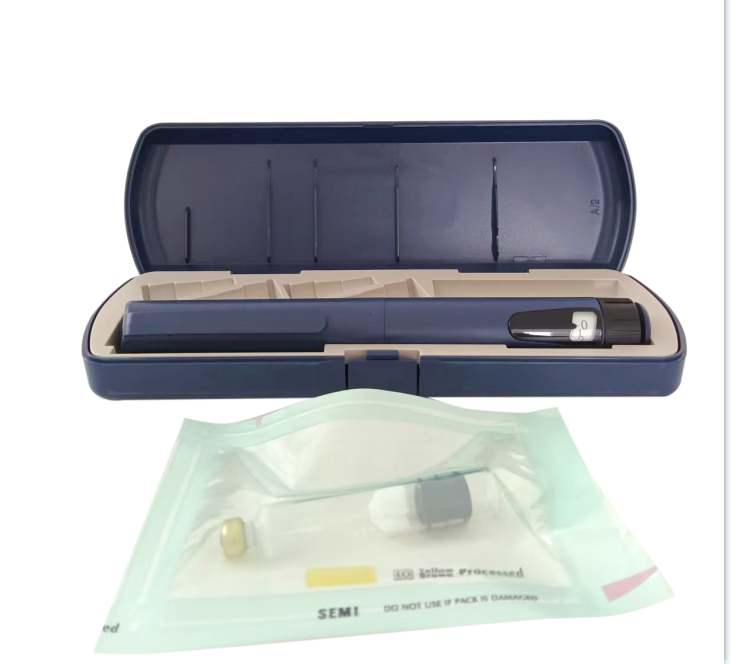
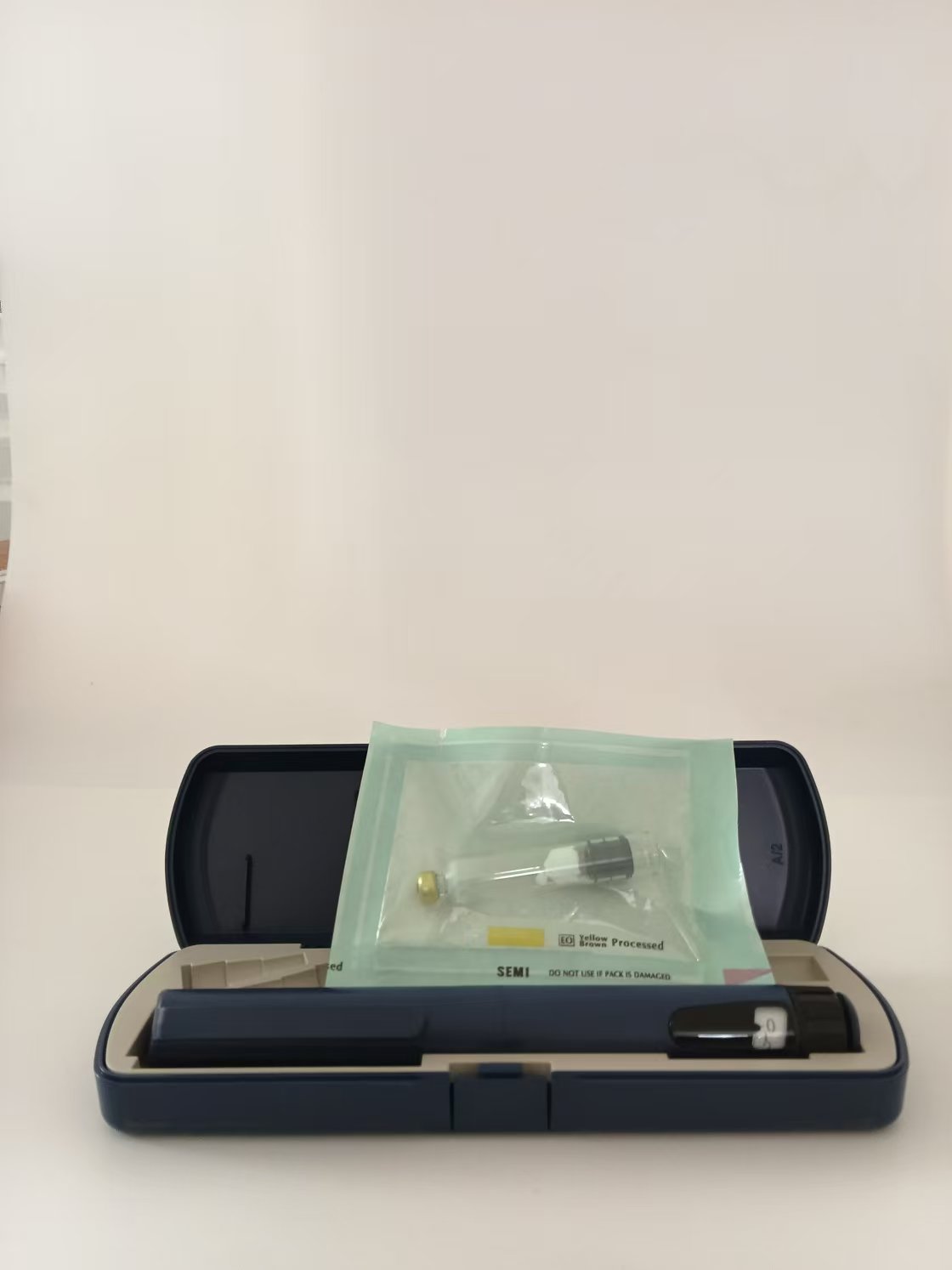
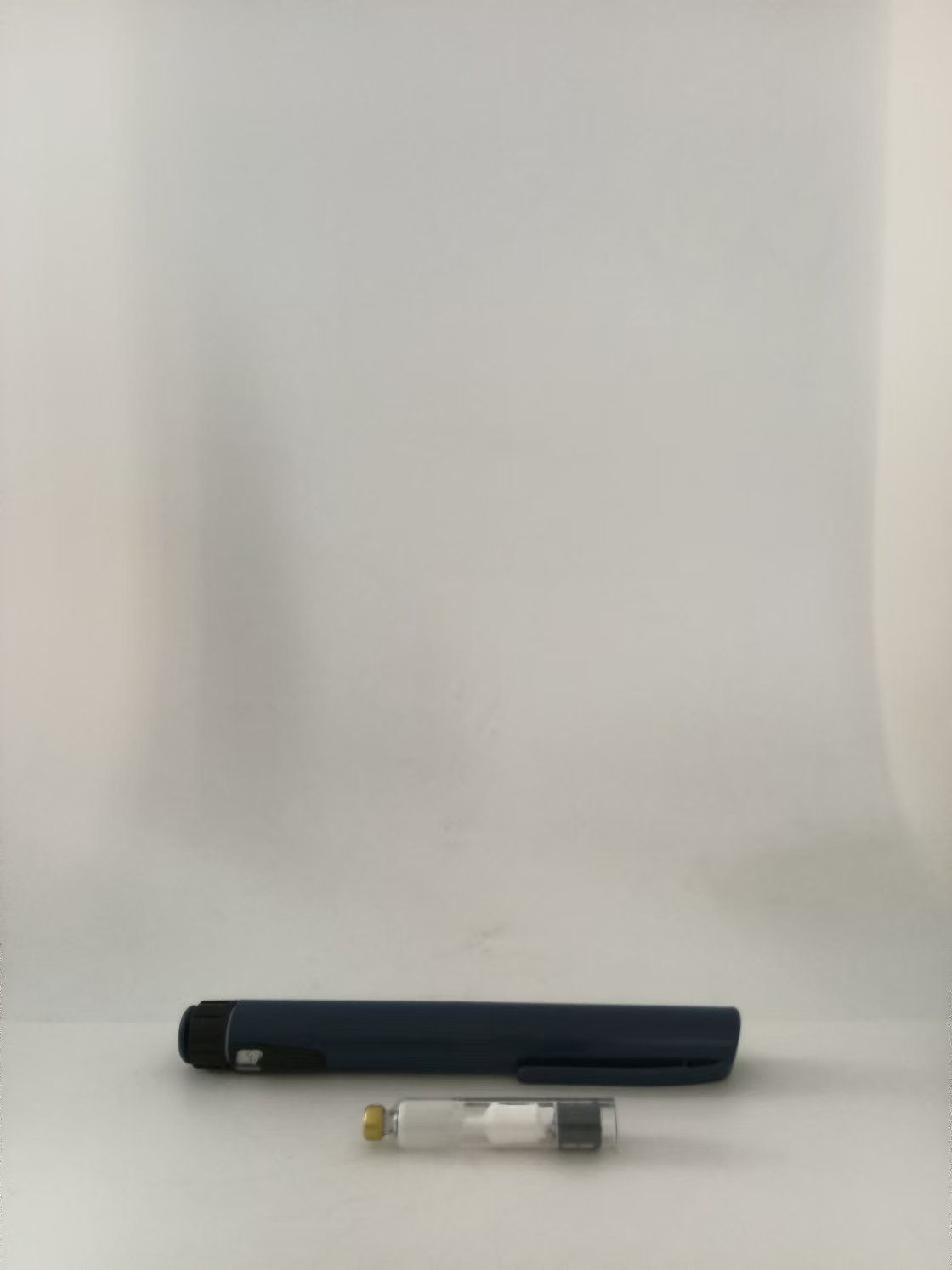
Mechanism of Action
Insulin pens are designed to deliver insulin directly into the subcutaneous tissue. They combine the insulin cartridge and a syringe into a single, portable device. The pen allows for precise dosing and administration, ensuring that the exact amount of insulin is delivered each time. This mechanism helps in better glucose control by providing accurate and consistent insulin doses.
Benefits
- Convenience: Insulin pens are compact, portable, and easy to use, making them ideal for on-the-go insulin administration.
- Accuracy: They offer precise dosage adjustments, reducing the risk of dosing errors compared to traditional syringes and vials.
- Discreetness: The design allows for discreet use in public settings.
- Reduced Pain: Insulin pens typically use fine needles, resulting in less pain and discomfort during injections.
- Improved Compliance: The ease of use and accuracy can enhance patient adherence to their insulin regimen.
Usage Instructions
- Preparation: Wash your hands thoroughly. Attach a new pen needle to the insulin pen.
- Priming: Prime the pen by dialing a small dose and expelling it into the air until a droplet forms at the needle tip. This step ensures there are no air bubbles in the pen.
- Dose Selection: Dial the prescribed insulin dose using the pen’s dose selector.
- Injection: Pinch the skin at the injection site (commonly the abdomen or thigh) and insert the needle at a 90-degree angle. Press the plunger fully to administer the insulin.
- Post-Injection: Remove the needle and dispose of it safely. Recap the pen for storage.
Storage
- Unopened Pens: Store insulin pens in the refrigerator at 2°C to 8°C (36°F to 46°F) until they are ready to be used.
- Opened Pens: Once started, pens can be stored at room temperature (not exceeding 30°C/86°F) for up to 28 days.
- Protection from Temperature Extremes: Avoid exposing the pen to extreme temperatures, as this can damage the insulin.
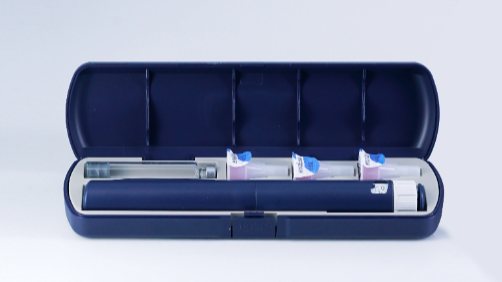







 2006-2025 上海博華國(guó)際展覽有限公司版權(quán)所有(保留一切權(quán)利)
滬ICP備05034851號(hào)-57
2006-2025 上海博華國(guó)際展覽有限公司版權(quán)所有(保留一切權(quán)利)
滬ICP備05034851號(hào)-57